Stepping into the past
Recently in August 2020, I was lucky enough to get the chance to visit Wigmore castle, home of the medieval Mortimer family. Wigmore is sadly in a severely neglected and dilapidated state, having been abandoned to the ravages of time and mother nature. The wooden steps up to the keep have now rotted away and the paths are overgrown with vegetation. Access to the keep is by fighting through weeds, but those who do make the effort will be rewarded with magnificent views over the surrounding Welsh Marches. The castle is remarkably well situated to give commanding views over the whole landscape.
Here was where the Mortimers held court, where treaties were signed, marriage alliances brokered, and great banquets held. Looking out over the quiet and secluded landscape, with only birds and the wildlife for company, it’s quite hard today to imagine a castle in its prime. This would have been a busy place, brimming with activity. Lord Mortimer would ride out at the head of his retinue, and upon his return, one imagines a sudden flurry of activity, as servants, cooks, groomsmen and sentries were all hurried into action. There would have been great hunts in the forests nearby, to supply meat for the castle table. A great boar’s head perhaps, to celebrate an important victory. Outside the castle, the landscape would have been quite wild to our eyes. Though the valley was mostly cleared of trees and dotted with small farms, rivers ran unobstructed, while wolves still lived in the dense Welsh woods close by.
The castle ruins
Surrounding Wigmore castle is a thick curtain wall, with concentric stone towers guarding its corners. Due to their strong foundations, it is these towers that have best survived the weathering of the past half millennium. Entry to the castle is through a large, well defended gate house, the only entrance in ancient times. Another exit might have been through a small, hidden doorway allowing the garrison to sally out of the castle. Around the inside of the curtain wall, wooden buildings were built right up to the edge of the stonework. These would have included the stables, blacksmiths, fletchers and other such quarters. Evidence for these among other parts of the castle has been unearthed in archaeological digs.
From the castle it is possible to see the village of Wigmore, and the remains of Wigmore Abbey in the distance, where nearly all members of the medieval Mortimer family were buried. With the glistening towers of Wigmore Castle looking over both the abbey and village, this whole setting would have been quite a site indeed!
Here begins our tour of Wigmore.

View towards Wigmore Abbey from the path to Wigmore Castle

View of surviving curtain wall in SE. corner

View of Gatehouse from inside the castle

Gatehouse and curtain wall section

View inside the S. lodging tower

Inner Bailey near the S. wall

View over the S. curtain wall

View inside the W. lodging tower

Woodland surrounding the motte

View S. towards curtain wall

Sole surviving ruins of Wigmore Castle Keep

The N. Curtain wall, from the south

View of Inner Bailey from tower

Another view of the curtain wall

View NE. from the Upper Bailey

View NE. towards N. Tower from Upper Bailey

View to NE. from the Upper Bailey

View of Inner Bailey from W.

View east towards St James church, Wigmore

View of the Gatehouse and Inner Bailey

View of N. Tower from stairs to the Upper Bailey

View of N. Tower from west

View of N. Tower from SE.

Looking east from E. Tower

Wigmore St James churchyard

Wigmore St James parish church
Related articles
Read more about the medieval Mortimers and their exploits in the Welsh Marches.
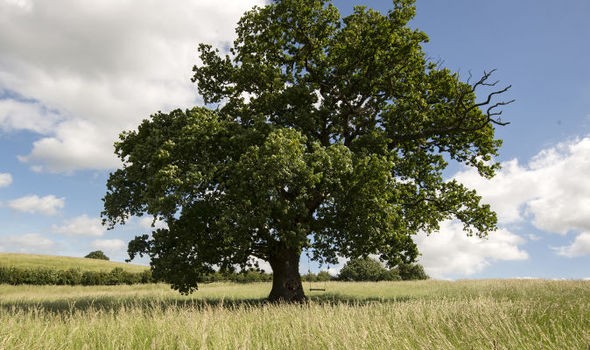
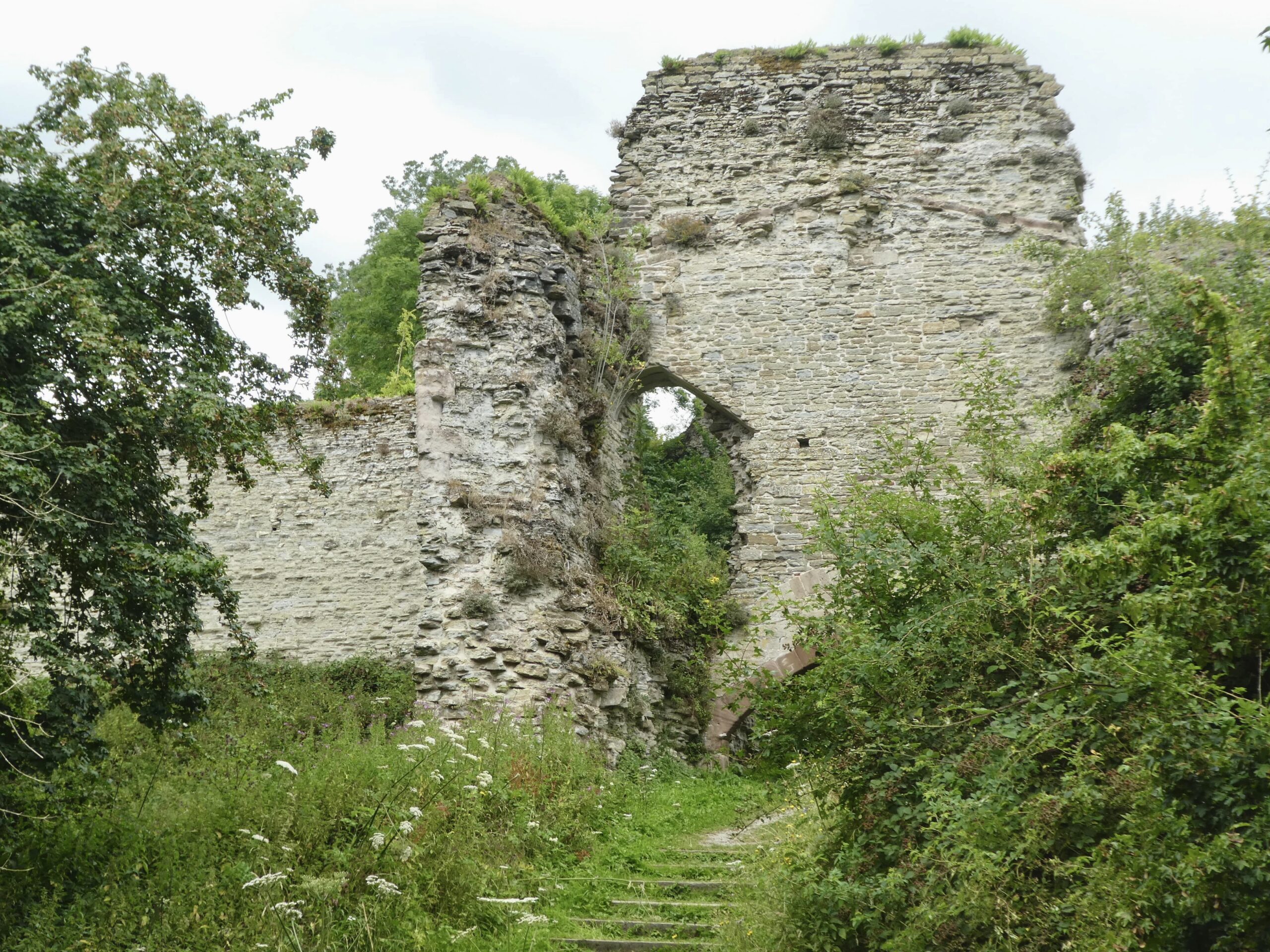






























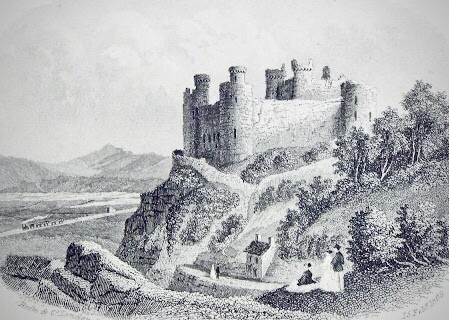





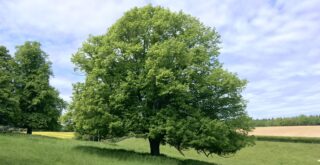
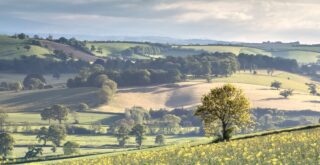
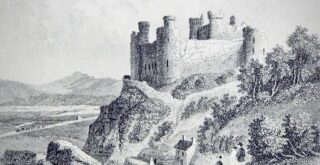
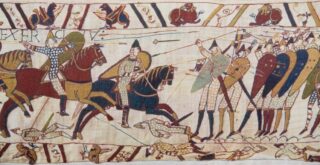
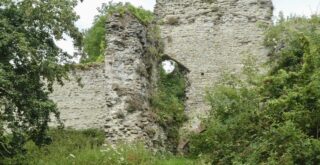
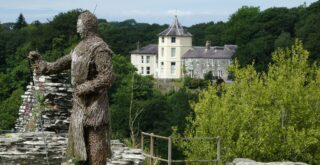
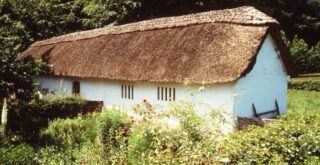
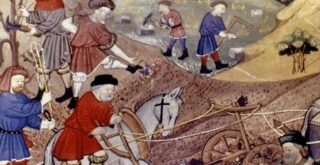
Recent Comments